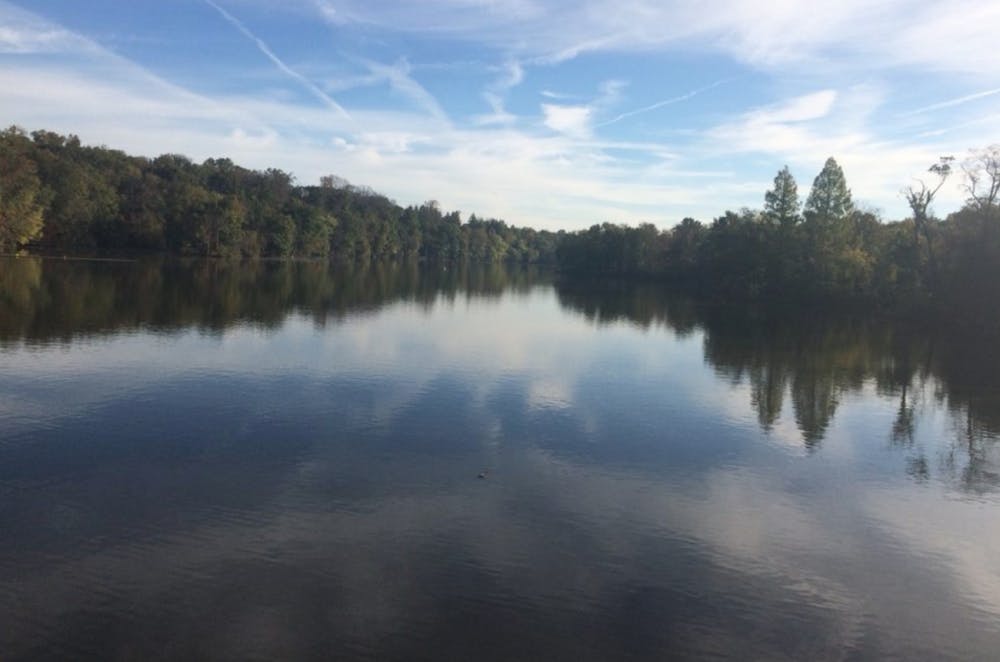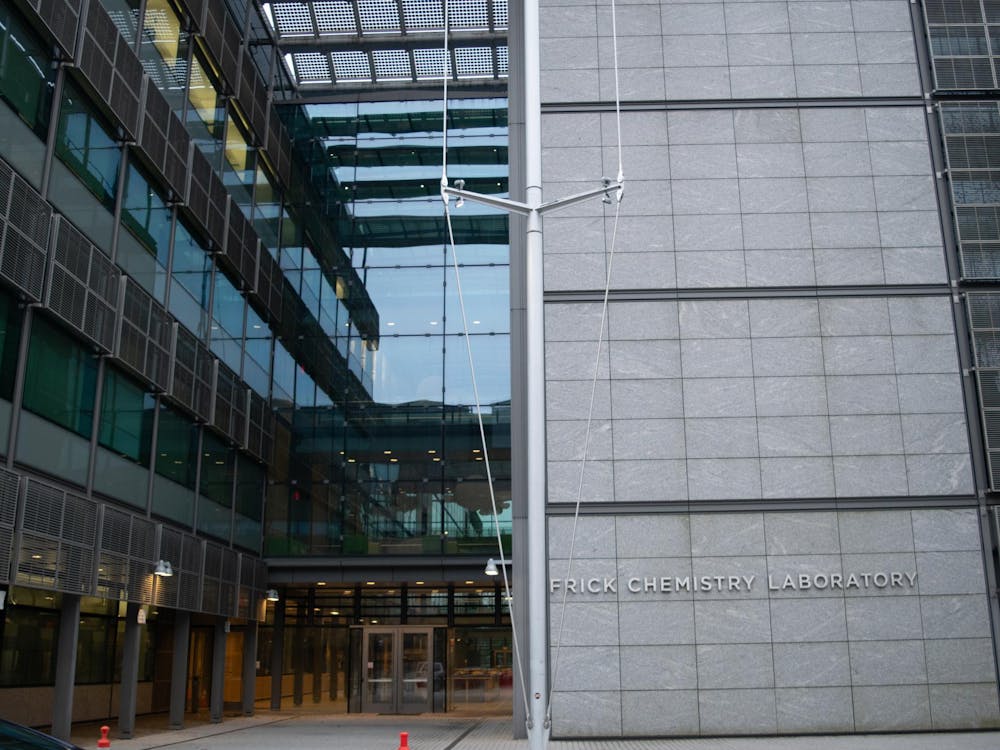The University’s campus is changing — and growing. By 2026, up to two new residential colleges will accommodate 500 new undergraduate students. The University is also reinstating its transfer program, with 10 transfer students arriving on campus in fall of 2018.
New residential buildings are just one part of the 2026 Campus Plan Framework, which represents the “most ambitious and comprehensive planning process" in the University’s history, according to Executive Vice President Treby Williams ’84. The framework identifies Lake Carnegie as the future geographic center of campus, with a new nexus of buildings to the south envisioned to include “innovation space,” graduate housing, retail shops, and possibly a hotel.
A continuous diagonal walk will stretch from Mathey to Poe Field, while east-west and north-south “campus connectors” will form continuous walkways between the most distant parts of campus. These changes are meant to discourage the use of cars in favor of shuttles, bikes, and walking.
Many students are unaware of the extent of the changes, which are projected to be completed in the next 10 years. Some are optimistic about the University’s expansion. Others worry that the increased number of students and square miles will alter the existing sense of campus community.
“I’m happy about the changes and I know I won’t see them in my time, but I feel like it’s going to change campus a lot,” Jad Bechara ’20 said.

Courtesy of Gabbie Acot
Bechara added that he thinks increased reliance on shuttles will make the University feel more like a city campus.

“I feel like campus hubs will change,” he said. “It’s not going to be all centered around Frist and Firestone.”
In particular, Bechara commented that having classes near Lake Carnegie would change students' experience of the campus. According to Assistant Vice President for Communications Daniel Day, however, the Campus Plan doesn't envision locating classrooms by the lake or on the lands south of it.
A more expansive campus is unappealing to some. Mike Zupko ’20 is concerned about how the additional 500 undergraduate students will affect campus culture.
“Expanding the campus population alters the intimate setting that the university prides itself on, whether it is a small 10 percent increase or an even larger one,” he said.

Todd Gilman ’20 said he also values the University’s small size, as well as the student-faculty ratio of 5 to 1, which he’s worried will be negatively impacted. Additionally, he's concerned geographic shifts will make students feel less socially connected to each other. In general, Gilman said he doesn’t see the benefits of the expansion.

Frist Campus Center
Ans Nawaz / The Daily Princetonian
“Expanding the campus size could detract from the small, close-knit environment that makes Princeton unique,” Gilman said. “My question is, what is the need behind this? I think the money could be better spent on, say, more financial aid or fixing our current dorms. I don’t see why we need to build a whole other part of campus.”
The University’s strategic planning framework points to the steadily increasing number of applicants — and the shrinking acceptance rate — to justify expanding the undergraduate student body. It argues that the admissions office is annually forced to reject many well-qualified applicants who could use a Princeton education to change “a nation and a world where the exceptional teaching and research [Princeton] can provide are at once greatly needed and all too rare.”
More buildings are needed for more people, but the campus expansion is also designed to meet a host of other goals ranging from environmental sustainability to “fostering collaboration” and “inviting serendipity.”
However, some students believe the goals for expansion have not been made convincingly evident to the University community.
“I’m not really sure what the purpose of our new campus is,” Gilman said. “I don’t think that’s been clearly communicated to us.”
Others are skeptical about whether new spaces will be smoothly integrated into the existing campus, and wonder how campus will maintain the distinctive sense of place they’re familiar with
“It seems quixotic to be like, we’ll build this new thing and then everyone will immediately feel this is part of campus,” Paul Schorin ’19 said. “2026 refers to when the building is done but not when it’s part of campus.”








